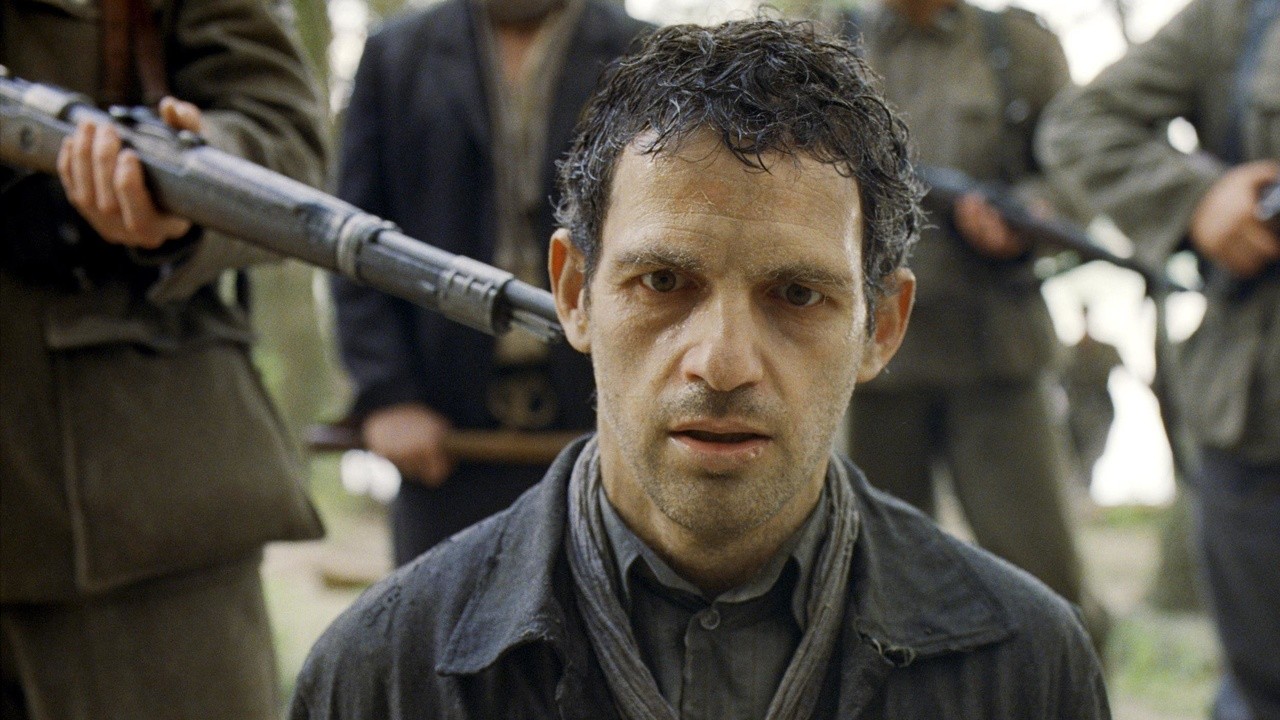Son of Saul (2015): A Harrowing Portrait of Humanity in Auschwitz
Son of Saul is a 2015 Hungarian-language film directed by László Nemes in his feature debut, co-written by Clara Royer. The story unfolds over a day and a half during the final months of Auschwitz-Birkenau, focusing on Saul Ausländer, a Hungarian Jewish inmate forced to serve as part of the Sonderkommando—a group of prisoners compelled to assist in the mass murder machinery of the Nazi death camps. Unlike most Holocaust dramas that depict broad scopes of suffering, this film restricts its narrative to Saul’s deeply personal mission: he becomes determined to retrieve what he believes to be the body of his own son, to find a rabbi, and to ensure a proper burial, even amid unimaginable horror.
The film is visually arresting in its intimacy and intensity. The cinematography uses a tight, almost claustrophobic framing, often in a narrow aspect ratio, with a shallow depth of field that keeps Saul’s face in sharp focus while the surrounding atrocities blur at the edges. This visual strategy mirrors Saul’s tunnel vision and emotional numbness, guiding viewers into a visceral, lived-in perspective of camp life. The camera rarely moves far from Saul, strictly adhering to his viewpoint and creating a haunting sense of immersion.

Equally powerful is the sound design. Rather than employing a musical score, the film leans heavily on ambient, documentary-style effects: the rumble of trains, barking guard dogs, distant screams, and mechanized rustlings. This deliberate avoidance of melodrama heightens the film’s tension and underscores its commitment to emotional realism, making each whisper and shuffle resonate with dread and authenticity.
Géza Röhrig’s portrayal of Saul is understated yet devastating. He conveys profound loss, moral conflict, and quiet resilience with minimal dialogue. His expressive eyes and suppressed anguish speak volumes, shaping the film’s emotional core. As Saul moves through the camp with eerie calm, viewers feel the weight of his burden and his determination to honor his son amid systematic atrocity.

Nemes and Royer deliberately avoid sensationalist violence. Instead, the film suggests brutality just beyond the frame—implied rather than shown—making its horror more immediate and personal. This restraint transforms each shot into a moral inquiry, forcing audiences to confront the choices made under totalitarian systems and the small acts of resistance that define human dignity.
Critically acclaimed, Son of Saul was awarded the Grand Prix at the Cannes Film Festival and won the Academy Award for Best Foreign Language Film. Its reception highlighted its uncompromising artistry and emotional power. It has since been praised as one of the most distinctive Holocaust films ever made, redefining cinematic language around genocide by focusing on a fractured mind in the midst of destruction rather than historical sweep.
In summary, Son of Saul is a cinematic achievement that recalibrates our understanding of Holocaust storytelling. Through immersive visuals, sound, and a focused perspective on one man’s desperate need for grace amid atrocity, it becomes more than a historical drama—it becomes a haunting exploration of conscience, loss, and the possibility of humanity in hell. This is not a film one simply watches; it is a film one endures—and one that lingers long after.


